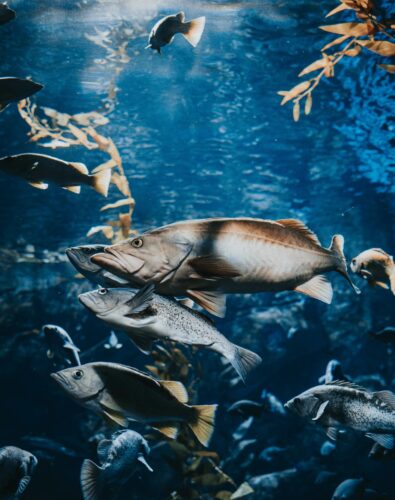
Chemical Pollution Climate Change
Sea level rise and flooding of hazardous sites in marginalized communities across the United States. Nature Communications.
• Research & Reports
Explore Planetary Health
Browse or search our curated collection of research articles, tools, videos, and other Planetary Health resources. Featuring approximately 2,000 research articles and additional tools spanning a variety of thematic areas, our library has information on Planetary Health for every audience — whether you’re exploring the field for the first time, an educator hoping to engage Planetary Health in your classroom, a seasoned scientific researcher, or someone looking to making a difference in your community and in the world. New resources are added every month.
Contact us to suggest items to add to our library and sign up for our newsletter to receive updates on the latest additions.
All Resources
Chemical Pollution Climate Change
• Research & Reports
Ocean / Marine Degradation Governance and Policy
• News
Ocean / Marine Degradation Economics and Economic Systems
Nature-based solutions use the power of ecosystems to mitigate climate change, enhance human health, and strengthen economic and community resilience. Despite their proven ability to deliver up to 37% of needed global emission reductions, they remain underfunded, highlighting the urgent need for innovative financing and stronger protection of the Earth system.
• News
Chemical Pollution Ocean / Marine Degradation
Sunscreens protects our skin from harmful solar UV radiation, but many products contain chemicals that can be harmful to saltwater and freshwater ecosystems, while preliminary findings indicate some ingredients can have health effects.
• News
Biodiversity Loss Ocean / Marine Degradation
This article examines how farming non-native fish in controlled environments (aquaculture) can disrupt local ecosystems and food webs, leading to changes in nutrient quality and toxin exposure that worsen health and nutrition inequalities.
• News





